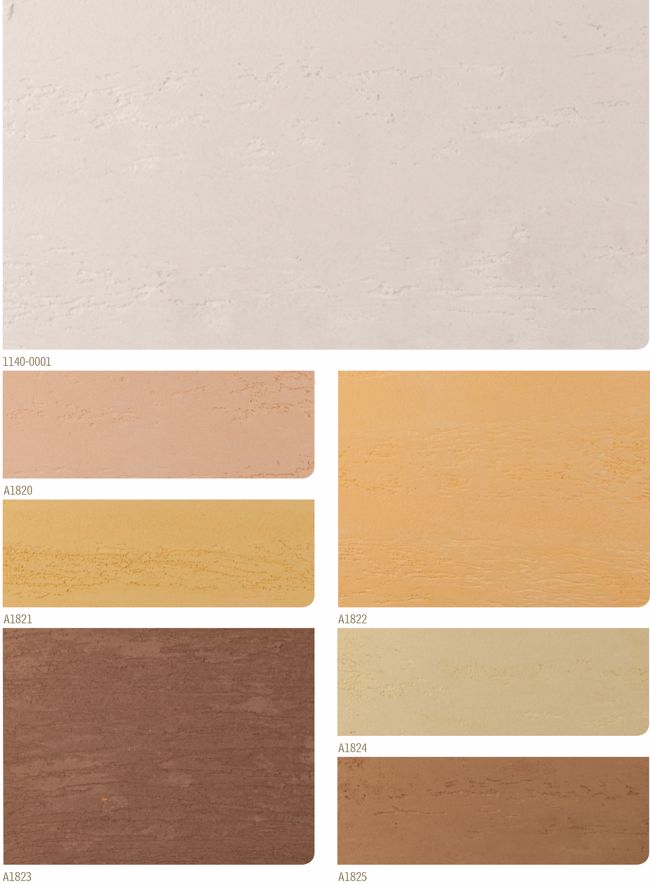

APPLICATION AREA
Travertino is applied to all interior walls, plaster, exposed concrete, and wooden surfaces. It should be used in conjunction with an appropriate primer after surface preparation.
-Travertino allows for the creation of various patterns and effects during application, depending on the applicator’s skills.
-Thanks to its high vapor permeability, it facilitates the release of steam and allows the surface to breathe.
-Being water-based, it has no harm to human health or the environment.
-It enhances the application environment with a pleasant fragrance due to its perfumed feature.
COLORS
Travertino is a natural mineral-based decorative interior coating that creates a travertine appearance on the applied surface.

TÜM RENKLER

-After removing all kinds of dirt, grease, bloated paint, and dust from the surfaces where Travertino will be applied.
-The surface defects should be corrected with San Deco Acrylic Putty Interior.
-Lastly,should be undercoated with San Deco Decoprimer.
-Travertino is applied without dilution using a stainless steel trowel, ensuring that the first layer has a minimum thickness of 1mm.
-Wait for a minimum of 6 hours before applying the second layer.
-Before it thoroughly dries, you can achieve the desired effect on the surface using a special sponge.
-For a proper finish, the surface should be polished with a steel trowel.
-Maintain the temperature of the application environment between +5°C and +35°C during application and for 24 hours afterward.
After applying Travertino, it’s important to allow 2-3 hours for touch dry and 48 hours for complete drying at +23°C environment conditions for the best results.
Depending on the surface’s smoothness, porosity, and the chosen application method, the coverage for a single coat is as follows: